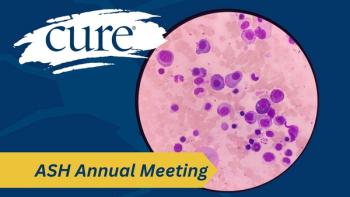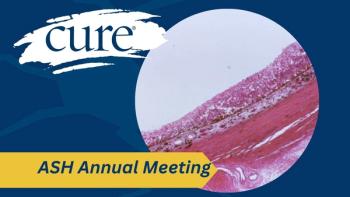
Exercise May Help Delay Preventive Procedures for Women at Elevated Risk of Breast Cancer
Women who performed 150 minutes of treadmill exercise per week and those who exercised twice that amount showed estrogen-sensitive breast tissue reductions of 8 percent and 12 percent, respectively.
Women at an elevated risk of breast cancer may be able to delay preventive procedures with regular aerobic exercise, according to a new study published in Breast Cancer Research and Treatment.
The researchers evaluated women who were carriers of the BRCA mutation or who had a strong family history of breast cancer. Those who performed 150 minutes of treadmill exercise per week and those who exercised twice that amount showed estrogen-sensitive breast tissue reductions of 8 percent and 12 percent, respectively, whereas women who exercised less than 75 minutes per week showed a 20 percent increase in estrogen-sensitive breast tissue.
“We understand that exercise isn’t a panacea that will prevent cancer from occurring in women at high risk,” Kathryn Schmitz, a professor of Epidemiology at the Perelman School of Medicine at the University of Pennsylvania, said in a statement. “However, we do believe that exercise could delay the diagnosis, and reduce the stage and grade and severity of the tumor when it is diagnosed.”
Carriers of a genetic mutation and those with a strong family history of breast cancer are often medically advised to take preventive measures, such as prophylactic mastectomy, removal of the ovaries, or estrogen-reducing drugs, which can have significant side effects and life-altering results.
In this randomized, controlled trial, 139 premenopausal women aged 18 to 50 at high risk of breast cancer were assigned to one of three groups. The “low-dose” group performed a treadmill exercise 150 minutes per week, the “high-dose” group exercised for 300 minutes, and a control group exercised for less than 75 minutes per week. The women provided blood and urine samples, as well as MRI breast imaging after five menstrual cycles.
The study’s primary outcome was area under the curve for urinary estrogen. The researchers found that every 100 minutes of exercise was associated with 3.6 percent reduced follicular-phase estrogen area under the curve and a 9.7 percent decrease in background parenchymal enhancement based on imaging studies.
“This research shows one more potential benefit of exercise for women at high risk for breast cancer,” says Sue Friedman, executive director of the nonprofit organization Facing Our Risk of Cancer Empowered (FORCE), which helped recruit women for the study. "We hope this will lead to further research on ways in which high risk women can reduce their breast cancer risk.”
Estrogen stimulates an increase in breast cells and is theorized to be a significant factor in the correlation between exercise and a reduced risk of breast cancer. A majority of breast tumors spread using estrogen-signaling pathways.
Studies have shown that moderate exercise lowers estrogen levels, and intense exercise can lead to sharp drops in estrogen, breast shrinkage, and irregular or absent periods.
“It makes sense that if your body is too busy doing other things, such as exercising regularly, it’s going to know that it can’t sustain other estrogen-dependent functions — including spreading cancerous cells — and thus will start to shut them down,” Schmitz said.
The authors concluded that healthcare professionals can advise young women at a high risk that “exercise may blunt estrogen exposure while considering whether to try other preventive therapies,” but more research needs to be done on premenopausal women at lower risk of breast cancer.
“Women who discover that they are at an increased risk of breast cancer, perhaps from an inherited gene mutation, have no easy option for avoiding cancer. Double mastectomy is considered an effective method of prevention, but that’s an incredibly difficult decision to make,” Schmitz said. “These new results show that for women in this high risk category, aerobic exercise has a striking ability to reduce the hormonally sensitive tissue in the breast that we worry about most for breast cancer.”
“I often meet woman who say ‘I just found out I am BRCA positive — will exercise help me until I make my decision about my surgery?’ And for years I had to say ‘I don’t know,’” said Schmitz, adding, “Now I can say the research suggests it’s possible.”
Schmitz KH, Williams NI, Kontos D, et al. Dose-response effects of aerobic exercise on estrogen among women at high risk for breast cancer: a randomized controlled trial [published online before print October 28, 2015]. Breast Cancer Res Treat.





